
To get different results of any kind, we need to make changes. As human beings we are very good at change, but not so good at “being changed”. If we want it, it will happen. If we don’t want it, we will resist.
Physical asset performance is a result of having a robust and reliable design to begin with, the right maintenance executed the right way, and operation within the assets’ performance limits. In an existing operation, the design is fixed already. Maintenance and operations however, are not, and can often be improved, usually with considerable effort. That effort however, can be well worth it.
[Read more…]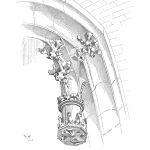
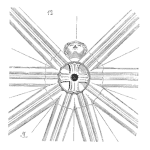


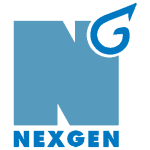



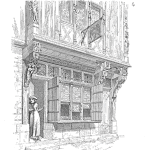

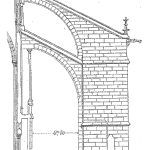


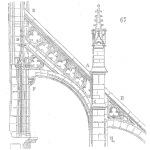
 Ask a question or send along a comment.
Please login to view and use the contact form.
Ask a question or send along a comment.
Please login to view and use the contact form.